Since Galician forests are still burning, as every Summer, we felt the urge to recuperate this gem from the past, now enhanced and translated into english so that all of you can better understand the nature of this natural sociopathic disaster that is not only a local phenomena.
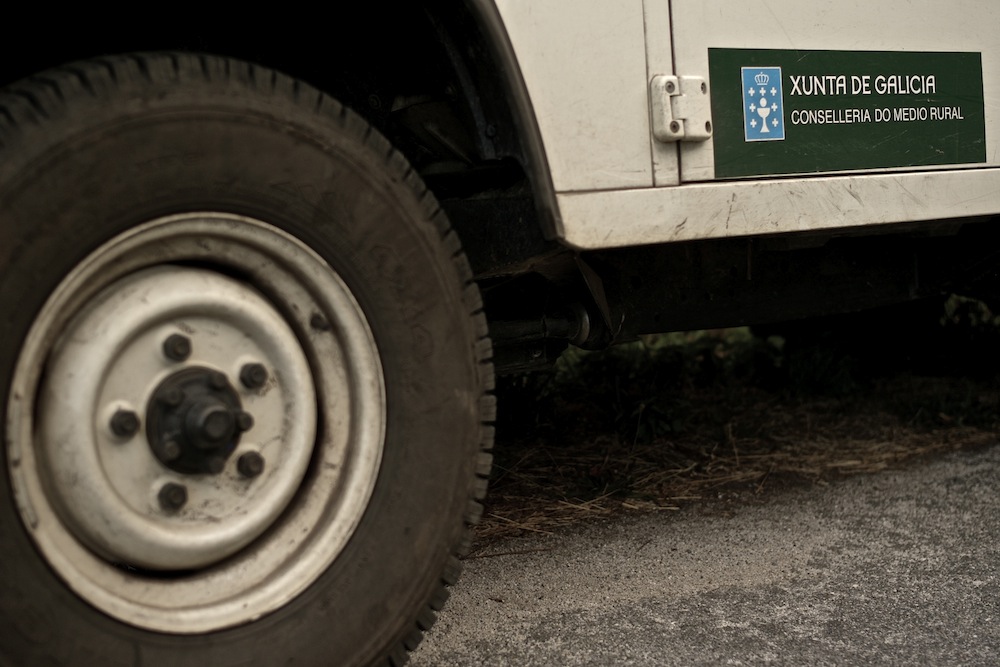
THE LORD OF FIRE (July 2011)
Last week, another young hero lost his life while his aircraft was helping to suffocate any given fire in the Galician forests. In this part of the world, to solve human deeds with fire, has been a cultural tradition and nowadays it has almost put an end to our natural resources.
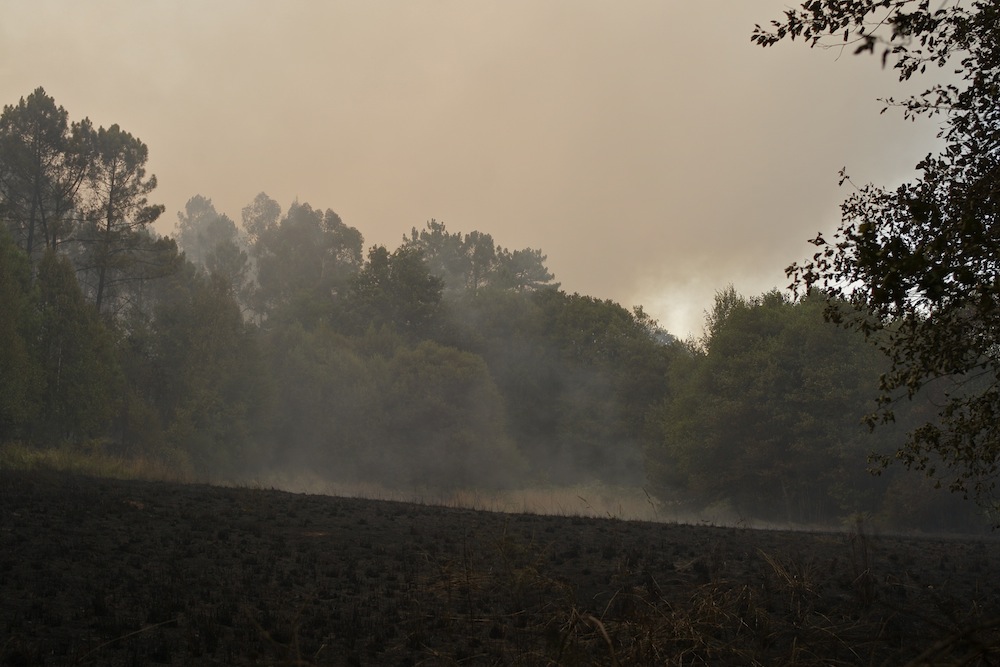
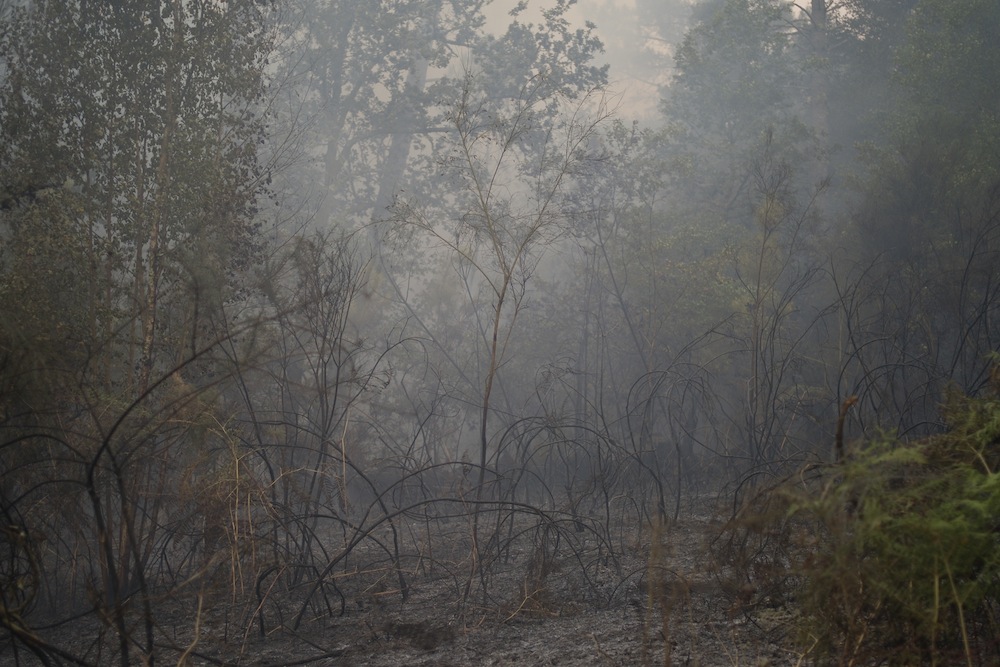
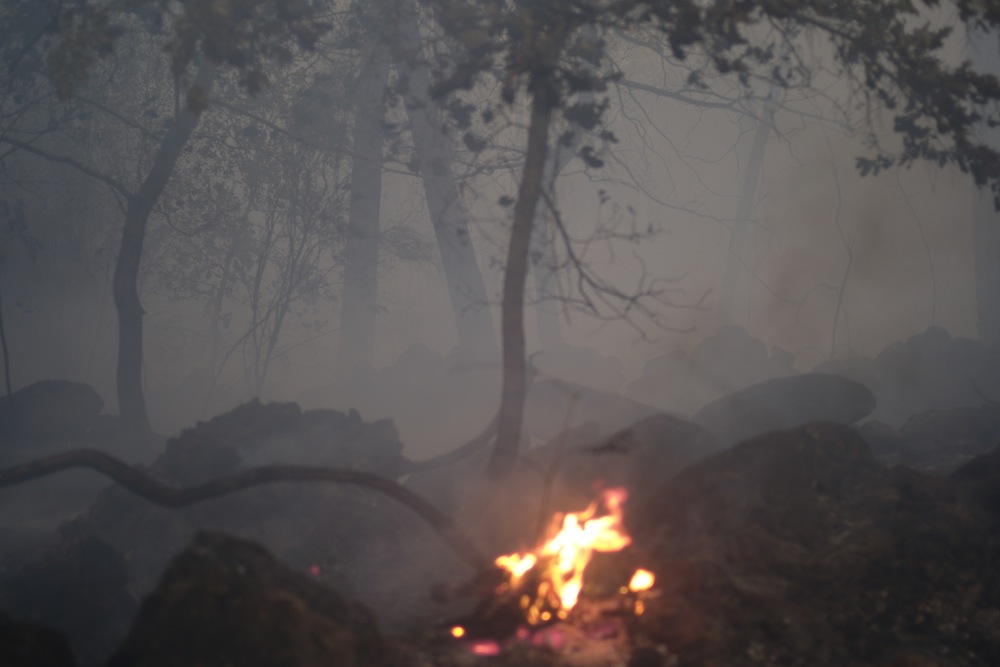
Almost 90% of the fires in the region, are provoked by the human hand. Every Summer Galicians can breathe the ashes from their villages and watch impotently how their forest and natural wildlife disappears, in continuous black armageddons, all along the territories.
This Summer alone we have experienced more than 10 big fires, only around our place, until one chilling saturday afternoon, after 1 hour contemplating 2 Canadairs, flying dangerously low, above our heads, I convinced Loren to grab my camera & take me to the Fire’s Ground Zero to feel & shoot the heat.
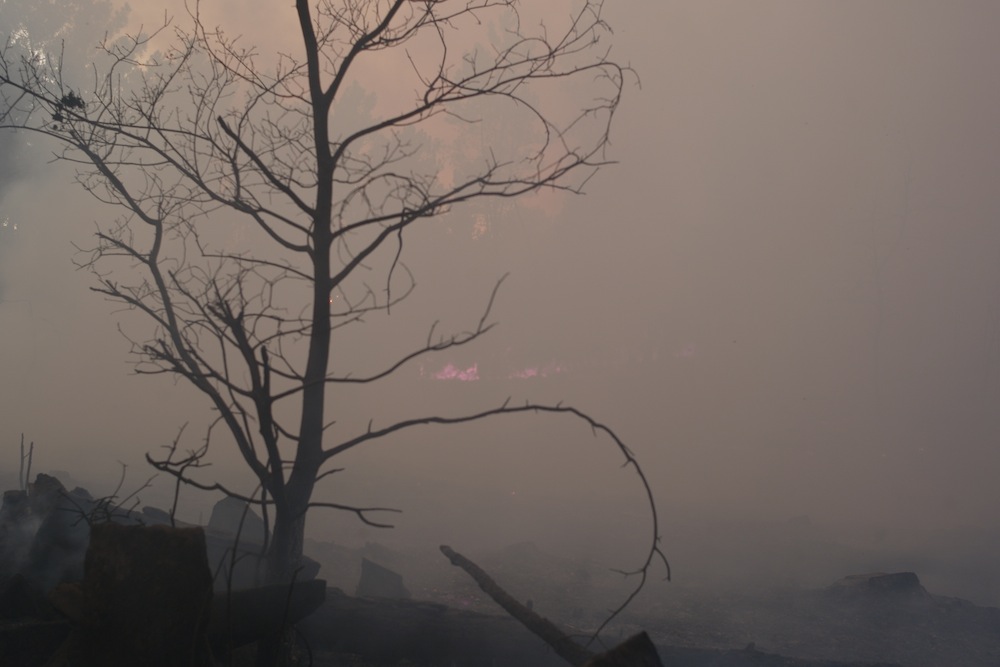
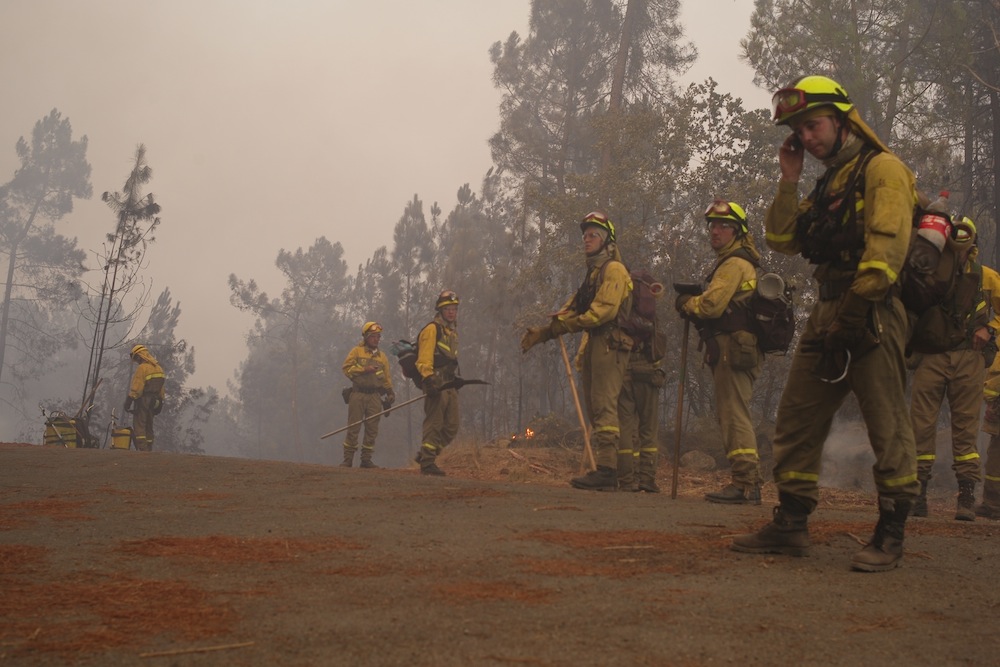
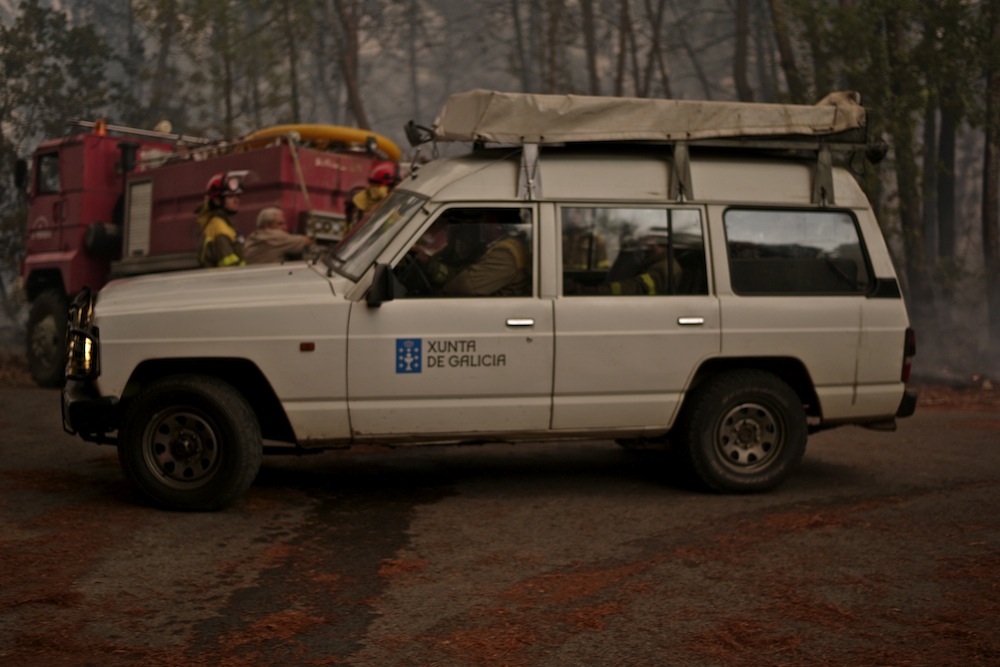
Loren, is the man behind the always fresh La Isla del Tesoro Blog, and in his real life, his job is to patrol our mountains, taking care of wildlife and also, to suffocate fires whenever detected. Of course, 40 minutes later we were standing the closest to hell I’ve ever been in my life.
I strongly recommend you to read the long and well planned interview we conceived, after that black August Saturday afternoon, to shed some light to the so long forgotten Galician problem.
El Solitario MC: Why do Galician forests burn?
La Isla Del Tesoro: In order to understand this problem it is necessary to know how land property is distributed in Galicia. 96% of property is in private hands, of which 63% is personal and 33% are local communal forests, the remaining 4% belongs to the State, Galician Autonomous Community and councils. It is important as well to know that the 63% that is in personal hands is divided in little plots of which 89% has an area less than 5 hectares. This makes our forests almost unproductive and its management really difficult.
In Galicia there is a big culture around fire. Fire is a tool, a weapon, something well rooted, and it is not seen as something bad. That, combined with disastrous agricultural and forest politics through the years by all the involved governments, either autonomous, state or European, and with a lack of awareness from the society (specially from rural population) about the consequences in the long term of forest fires, are in broad strokes the reasons for forest fires.
El Solitario MC: ¿Por qué arden los montes gallegos?
La Isla del Tesoro: Para entender este problema hay que conocer como se distribuye la propiedad del monte Gallego. El 96% de la propiedad está en manos privadas, de las cuales un 63% es de particulares y un 33% son montes vecinales en mano común, el otro 4% restante pertenece al Estado, CCAA y ayuntamientos. También es importante conocer que el 63% en manos de particulares está dividido en pequeñas parcelas de las que el 89% tiene una superficie menor de 5 Hectáreas. Esto hace que nuestro monte sea poco productivo y su gestión muy difícil. En Galicia hay mucha cultura del fuego, el fuego es una herramienta, es un arma, es algo que esta muy arraigado y no se ve como algo malo. Eso, unido a unas nefastas políticas agrícolas y forestales a lo largo de los años por parte de todos los gobiernos implicados, ya sean autonómicos, estatales y europeos, y a una falta de concienciación de la sociedad, y más concretamente de la población rural, de las consecuencias que traen a largo plazo los incendios forestales, es a grandes rasgos la causa de los incendios forestales.
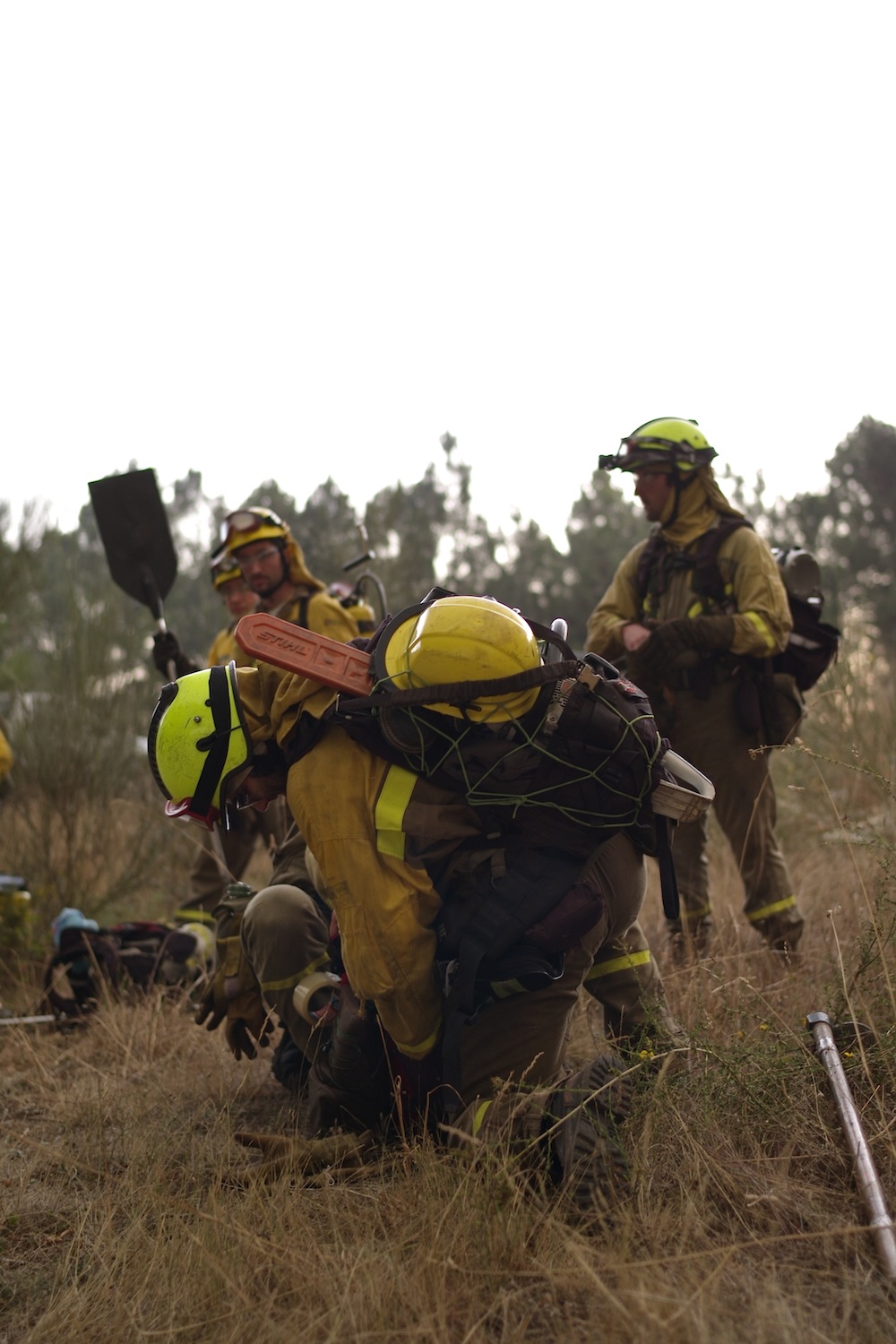
ESMC: Who cause forest fires in Galicia? Are there people from the very service who could be involved?
LIDT: I’ve been working in this since I was 18, and that question has been in my head for a long time. Nowadays experience tells me (and I think I’m not wrong) that there are no “mafias” who work in setting fire to our forests, that, as I said at the beginning of the interview, fire here is used to clean estates, to clear hunting areas, to generate grazing for cattle, to solve problems (almost always about boundaries) with some neighbour or collective. It is also caused by the burning of stubble that escapes control, to find estate boundaries that nobody remembers where they are, because the grandfather has passed away long time ago and nobody cared to know. There are also people who set fire because, because their heads are sick… To sum up, locals are who set fire and in every village, more or less, they know who and why they do it, and even if it is tough to recognize it, this is the prototype of the pyromaniac in Galicia.
About if there are people from the Service Against Forest Fires who set fire, I think that like in any collective there could be black ewes, in the end we are human beings and we are in this society and we live in little villages, but if any, they are really isolated cases which are very discussed because of morbid curiosity and sometimes in a non very reliable way. We, the people who work in this, are great professionals, we are really good at extinguishing forest fires and not because we’ve got a great education, neither the best resources (this has improved in the last years), neither we are the prototype of gym-fireman. We are people from the countryside, from the forest, we know perfectly the element in which we are, and unfortunately we have a lot of fires on our shoulders and that give us a lot of experience in our job and make us be good professionals.
ESMC: ¿Quién provoca los incendios forestales en Galicia, hay gente del propio servicio que pueda estar implicada?
LIDT: Llevo trabajando en esto desde que tengo 18 años y durante mucho tiempo ronda esa pregunta en mi cabeza. Hoy en día la experiencia (creo que no me equivoco) me dice que no hay mafias que se dediquen a prender fuego a nuestros montes, que como digo al principio de la entrevista el fuego aquí se utiliza para limpiar una finca, para desbrozar una zona de caza, para generar pastos para el ganado, para resolver problemas (casi siempre de lindes) con algún vecino o colectivo, por quemas de rastrojos que se escapan, para encontrar los marcos (lindes) de una finca que ya nadie recuerda dónde estaba porque el abuelo se murió hace años y nadie se interesó por saberlo, también hay gente que planta fuego porque sí, porque su cabeza no le da para más. En resumidas cuentas, son los propios lugareños los que plantan fuego y en cada pueblo, más o menos, saben quién y por qué lo hace, y aunque sea duro reconocerlo este es el prototipo de pirómano en Galicia.
Respecto a lo de si hay gente del Servicio de Defensa Contra Incendios Forestales que planta fuego, creo que como en cualquier colectivo hay ovejas negras, al fin y al cabo somos personas y estamos en esta sociedad y vivimos en las aldeas, pero son casos muy aislados a los que se les da mucha prensa por el morbo de la noticia y a veces de forma poco fiable. La gente que trabajamos en esto somos grandes profesionales, somos muy buenos apagando incendios forestales y no porque se nos haya dado una gran formación, ni por tener los mejores medios (esto ha mejorado en los últimos años). Tampoco somos el prototipo de bomberos de gimnasio. Somos gente del rural, gente de monte, conocemos a la perfección el medio en que nos movemos y por desgracia tenemos muchos fuegos sobre nuestras espaldas y eso nos da una gran experiencia en nuestro trabajo y nos hace ser buenos profesionales.
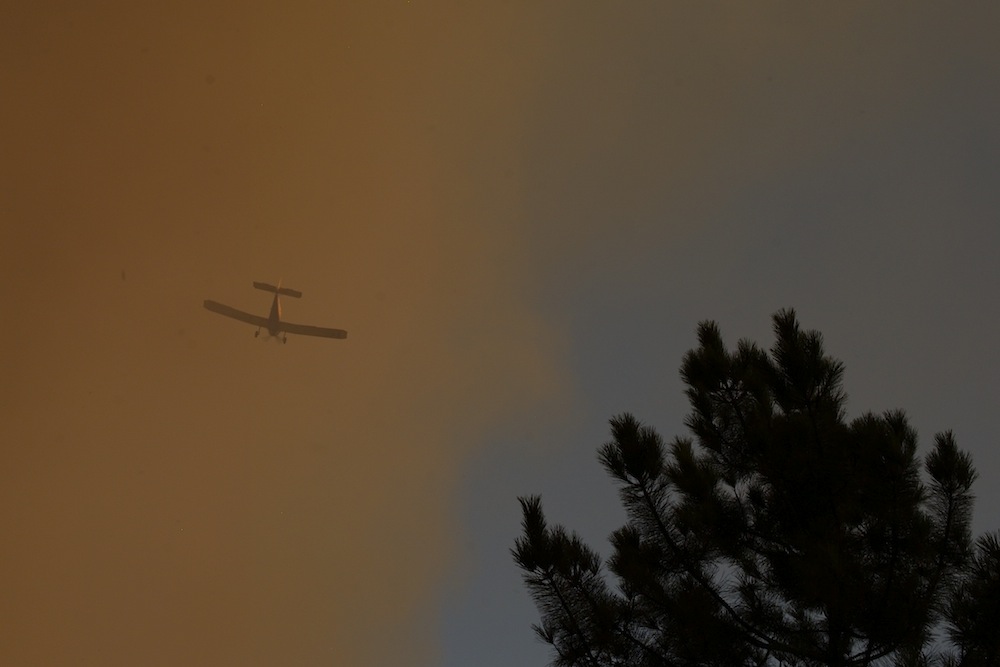
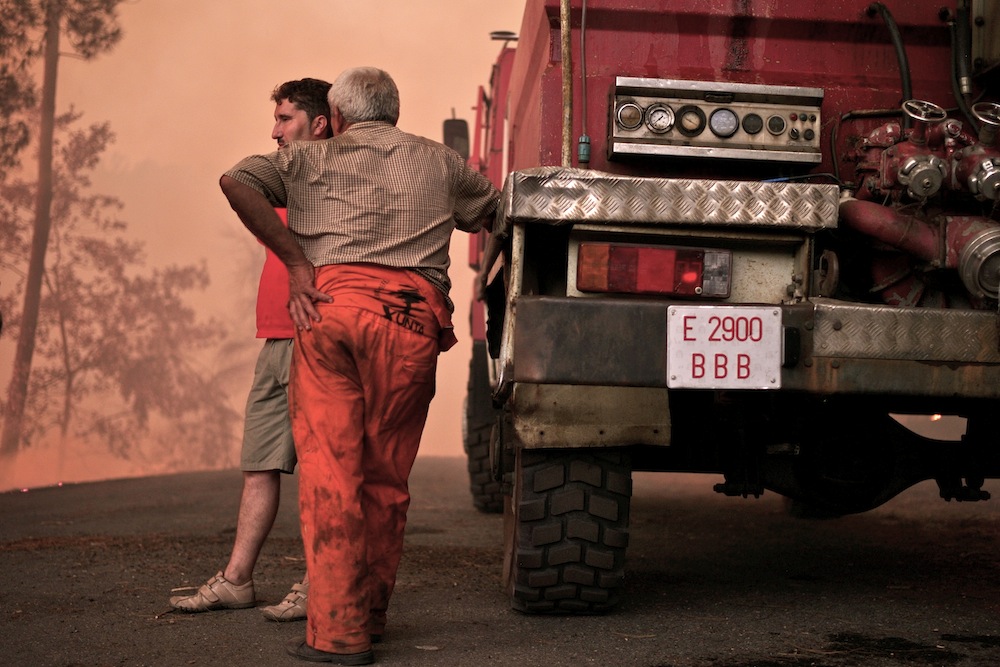
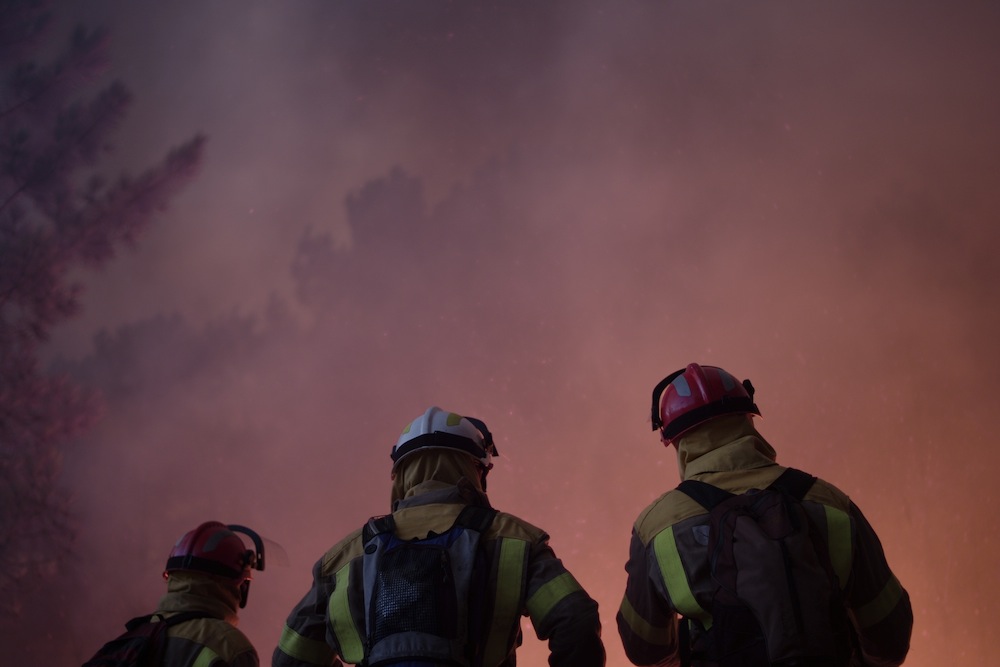
ESMC: Why society nor mass media don’t talk about it?
LIDT: In Galicia summer smells like fire, like a storm smells when it is approaching, there are days that smells like smoke, smells like Galician summer. When you pick up the clothes from the line they are dirty with soot, and when you enter Galicia from another part in the Peninsula you know you are at home because of the columns of smoke that mark the territory. More than once I’ve asked myself what will think somebody who comes from outside Galicia when he sees that, when he passes by a highway and he finds pieces of forest burnt to ashes. Society here is very used to it, it is something common, it almost doesn’t attract attention that forest is burning close to your city or village, that light aircrafts and helicopters are passing over your head all day long. We are used to this scourge.
About mass media, it is not the first time I arrive home after a long working day and I see in the national news that there is a fire in Catalonia or somewhere else, 50 hectares, and the fire I come from and when I left, because I’d made the maximum working hours permitted, was 500 hectares and still burning, next day not even a comment is made neither in local or autonomous media. Maybe we should ask them why it is not news?
ESMC: ¿Por qué no se habla de ello en la sociedad ni en los medios de comunicación?
LIDT: En Galicia el verano tiene un olor que es el del fuego, igual que huele una tormenta cuando se acerca, hay días que huele a humo, huele a verano gallego. Cuando recoges la ropa del tendal está manchada de hollín y cuando entras en Galicia desde otro punto de la península sabes que estás en casa por las columnas de humo que marcan el territorio. Más de una vez me he preguntado que pensará una persona de fuera de Galicia cuando ve eso, cuando pasa por una carretera y se va encontrando tramos de monte calcinado. La sociedad está muy acostumbrada, es algo normal, casi no llama la atención que esté ardiendo el monte al lado de tu ciudad o aldea, que estén pasando todo el día avionetas y helicópteros por encima nuestra. Estamos acostumbrados a esta lacra.
Respecto a los medios de comunicación no es la primera vez que llego a casa después de un largo día de trabajo y veo en un informativo nacional que hay un incendio en Cataluña, u otra comunidad, de 50 hectáreas, y del incendio del que yo vengo y que cuando me retiré, porque había cumplido el máximo de horas permitido, llevaba calcinadas 500 y seguía activo, al día siguiente no sale ni una triste reseña en los medios locales o autonómicos. Quizás les haya que preguntar a ellos por qué no es noticia.
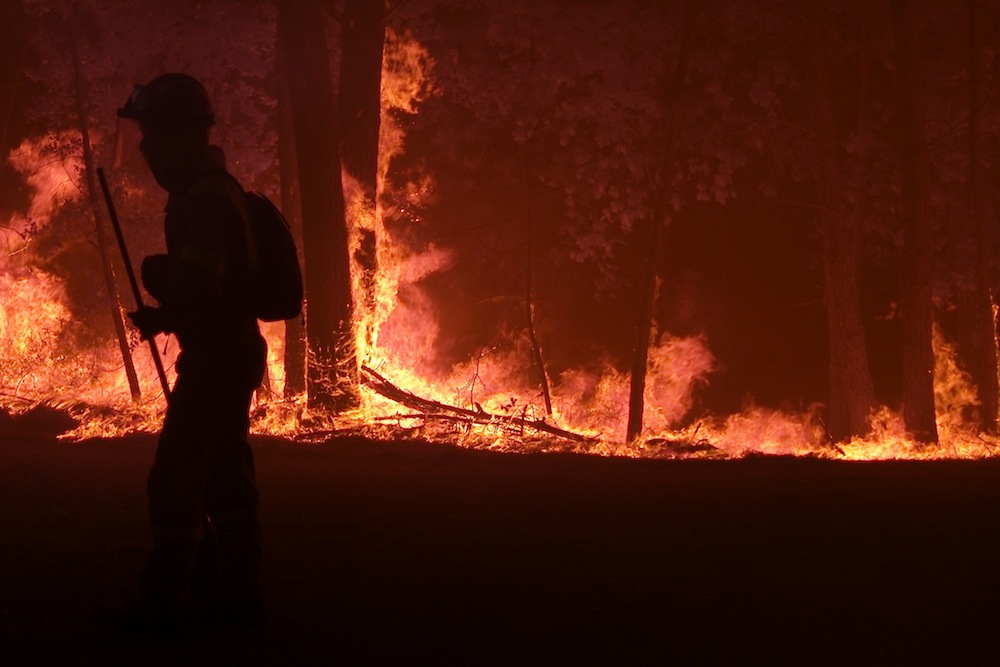
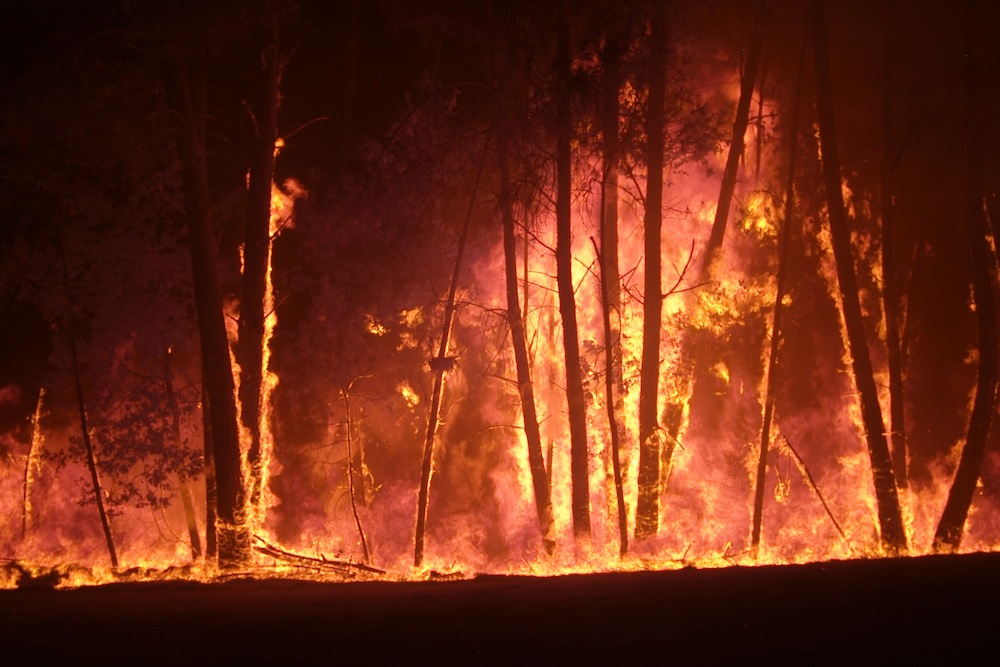
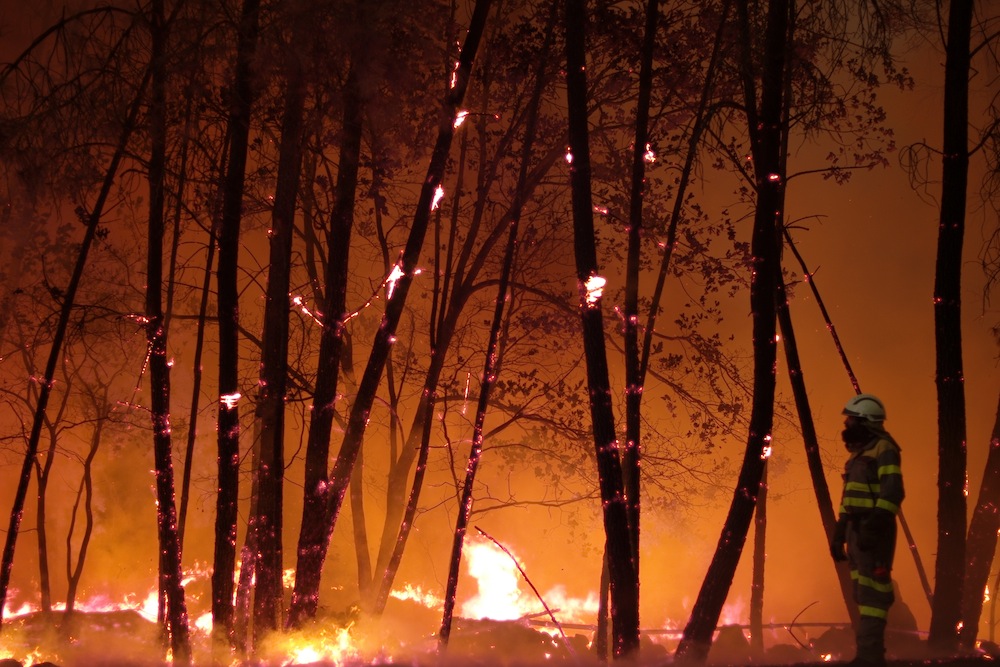
ESMC: What is the solution to avoid this environmental disaster?
LIDT: That politicians get really involved in it and let behind statistics, at the end it is the only thing they care about. That all agricultural and forest policies are checked and adapted to social reality in Galicia. And that they work with kids, and no so kids, on creating an environmental consciousness, a reserve of young people who see rural world as an alternative and not like something that has nothing to do with them. That we see forest as something that could be directly or indirectly very profitable in this society. If you don’t give value to something, you don’t take care of it. That models of forest and agricultural policies are made with neighbors and forest communities to show there are ways and alternatives to work and manage with resources, and once they are working, export them to other places.
“Education is the fundamental pillar of a healthy society”.
ESMC: ¿Cual es la solución para evitar que siga ocurriendo este desastre medioambiental?
LIDT: Que los dirigentes políticos se impliquen de verdad en ello y se dejen de estadísticas, que al final es lo único que les interesa, que se revisen todas la políticas agrarias y forestales y se adapten a la realidad social de Galicia y que se trabaje con los niños y no tan niños en crear una conciencia medioambiental, una cantera de jóvenes que vean el rural como una alternativa y no como algo que no va con ellos. Que se vea que el monte, directamente e indirectamente, puede ser muy rentable en esta sociedad. Si no se le da un valor a algo, no se cuida. Que se hagan modelos de política forestal y agraria con vecinos y comunidades de montes para enseñar que hay formas y alternativas de trabajar y gestionar los recursos, y una vez estén funcionando se exporten a otros lugares.
“La educación es el pilar fundamental de una sociedad sana”.
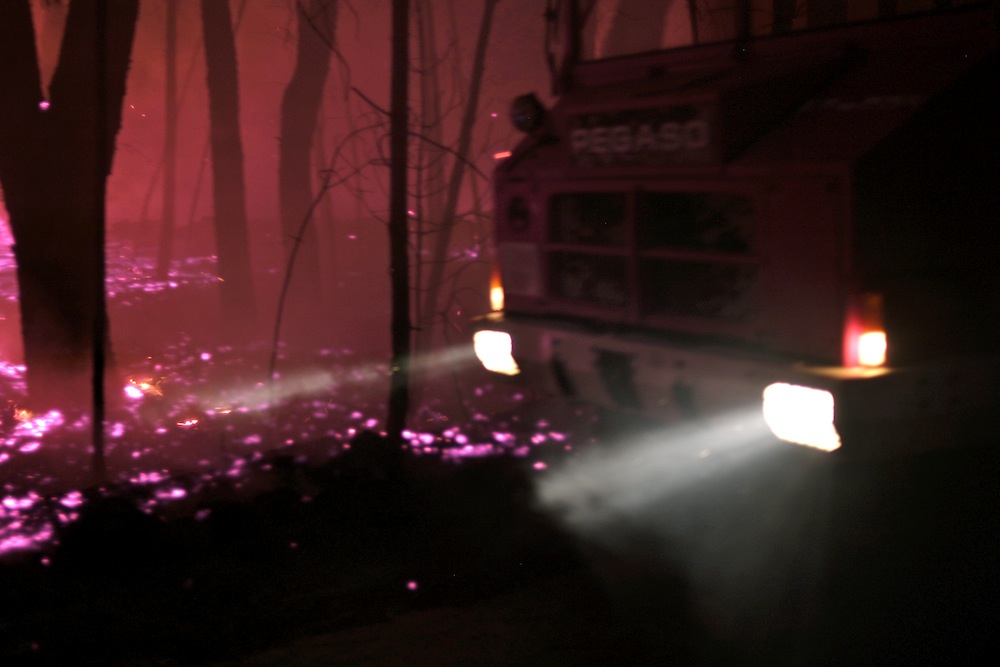
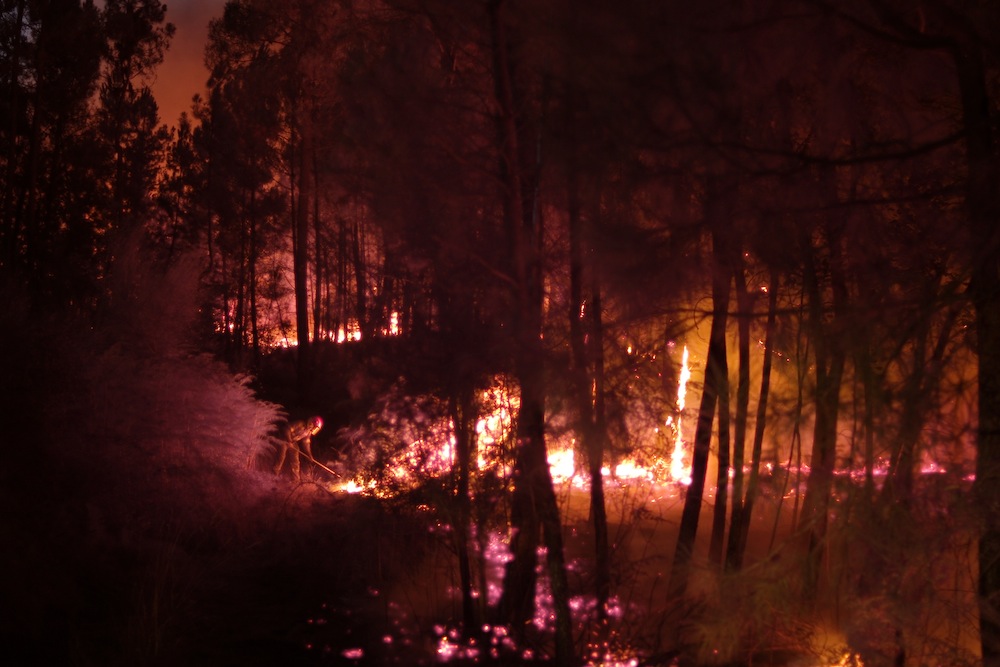
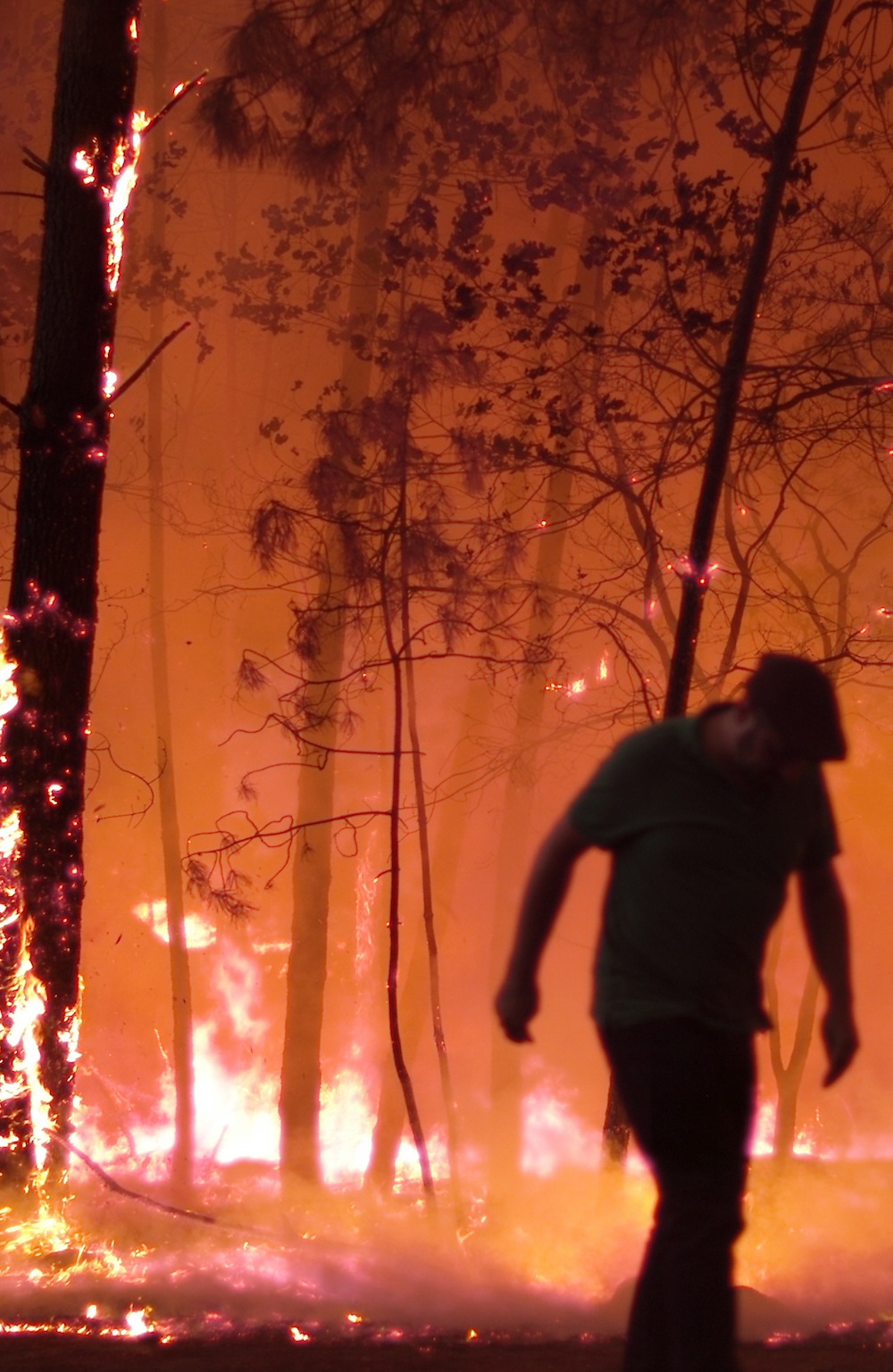
Lorenzo Zuazua Conde. August 2011.